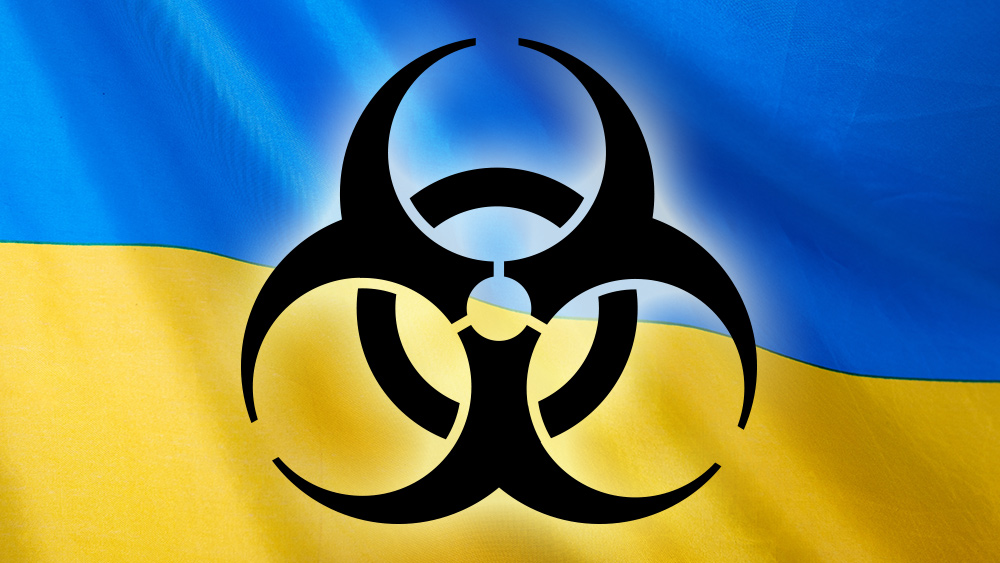Just four types of cancer made up half of the 1.96 million cancer cases in the U.S. in 2023
05/06/2024 / By Ava Grace

Half of the 1.96 million cancer cases diagnosed in the United States in 2023 were just four different types of cancer – breast cancer, prostate cancer, lung and bronchus cancer and colorectal cancer.
According to the nonprofit organization USAFacts, 15 percent each of cancer cases are breast cancer and prostate cancer. Another 12 percent of cases are lung or bronchus cancer, while eight percent are colorectal cancers.
Cancer deaths also rose to 609,820 in 2023. Lung and bronchus cancer cases alone made up 21 percent of all cancer-related deaths. Nine percent of cancer deaths were from colorectal cancer, pancreatic cancer made up eight percent and breast cancer seven percent.
The rise of colorectal cancer has been especially concerning, given that the number of colorectal cancer cases has risen by a whopping 15 percent over the past decade, theorized to be due to increasingly unhealthy lifestyles of Americans impacting gut health.
Data from USAFacts indicates that colorectal cancer cases account for eight percent of all cancer cases in the United States. Studies also show that around four percent of all men and women in the U.S. will develop colon cancer in their lifetime.
In younger demographics – ages 15 to 39 – the most common types of new cancers are breast cancer (15 percent), thyroid (15 percent), testis (eight percent) and melanoma of the skin (seven percent). (Related: Big Medicine pushing women to start getting risky mammograms at age 40, subjecting them to MORE cancer-causing radiation.)
Estimates predict two million new cancer cases and 611,000 cancer-related deaths in 2024
The new analysis shows the extent of America’s cancer crisis, with annual diagnoses having risen by 37 percent since 2019.
The situation is expected to get worse this year, with the nonprofit American Cancer Society predicting that an unprecedented two million new cancer cases will be diagnosed in 2024.
Cancer-related deaths are expected to increase by over 1,000 with the Cancer Society predicting more than 611,000 cancer-related deaths this year – or more than 1,600 cancer deaths each day.
The Cancer Society’s prediction suggests that six out of the 10 most common cancers – breast, prostate, endometrial, pancreatic, kidney and melanoma – will surge in diagnoses this year. The society recommends early screening, which could support early detection and prevention.
The Cancer Society also found that for some cancers, overall incidence appeared to remain stable but were increasing for certain subgroups. For example, incidences were increasing for cervical cancer in women ages 30 to 44, oral cancers associated with human papillomavirus infections, liver cancer in women and colorectal cancer in people younger than 55.
The Cancer Society is similarly very concerned about the rise in colorectal cancer rates, with its data warning that colorectal cancer is now the leading cause of cancer deaths in men younger than 50 and the second highest cause of cancer deaths in women younger than 50 – right behind breast cancer.
The percentage of people younger than 50 getting diagnosed with cancer is also rising. In 1995, people aged 65 and older made up 61 percent of all new cancer diagnoses. By 2019 to 2020, that number had decreased to 58 percent even though people 65 and older increased from 13 percent to 17 percent of the total U.S. population.
Learn more about why more and more Americans are getting cancer at CancerCauses.news.
Watch this episode of “World Alternative Media” as host Josh Sigurdson warns about how the Wuhan coronavirus (COVID-19) mRNA vaccines are causing “turbo cancer.”
This video is from the Dianne Sosen channel on Brighteon.com.
More related stories:
Cancer detection pen spots cancer chemicals in seconds.
Cancer drug Avastin leaves 12 diabetic patients BLIND, prompting government to launch investigation.
Colorectal cancer is ON THE RISE in people younger than 50, experts warn.
Sweet and deadly: Here’s how SUGAR fuels CANCER in the body.
Sources include:
Submit a correction >>
Tagged Under:
breast cancer, bronchus cancer, cancer, cancer deaths, cancer diagnosis, Colorectal Cancer, lung cancer, Prostate cancer
This article may contain statements that reflect the opinion of the author
RECENT NEWS & ARTICLES
COPYRIGHT © 2017 CANCER CAUSES NEWS




















